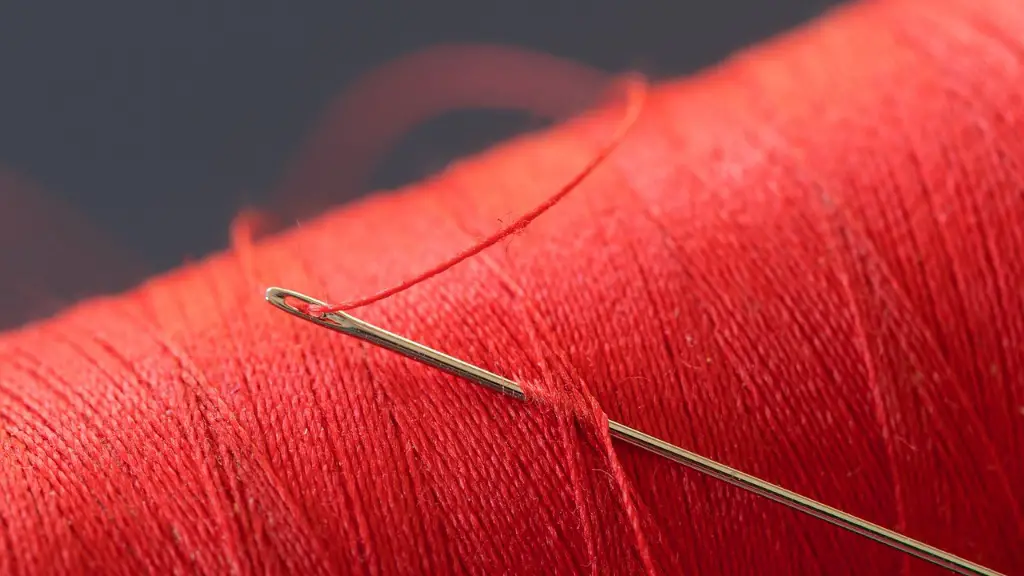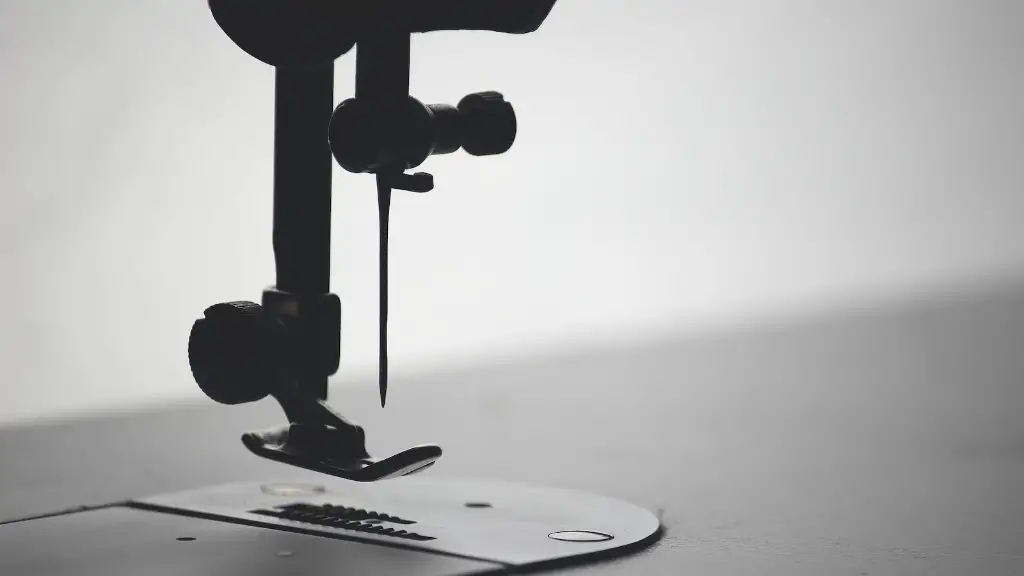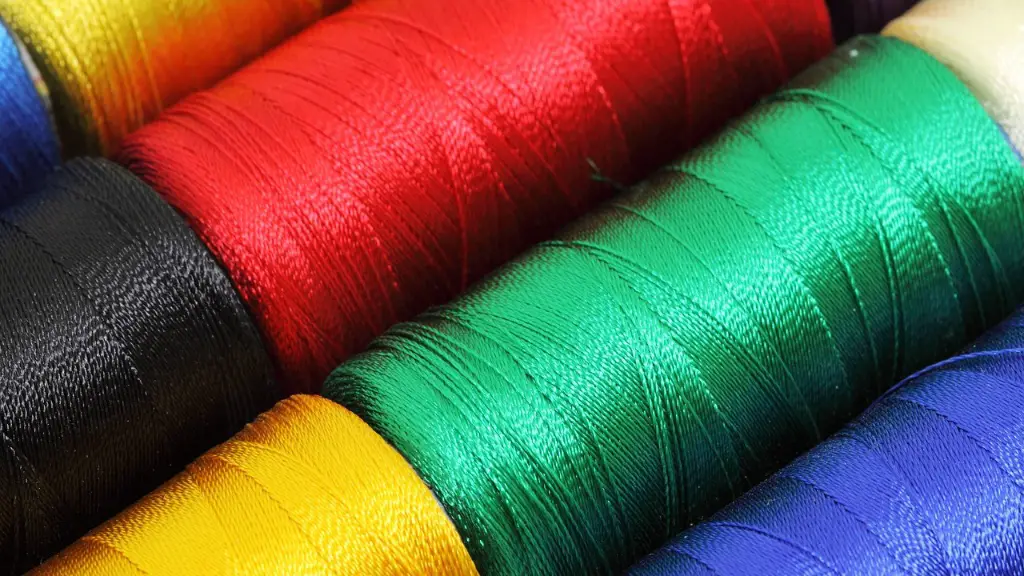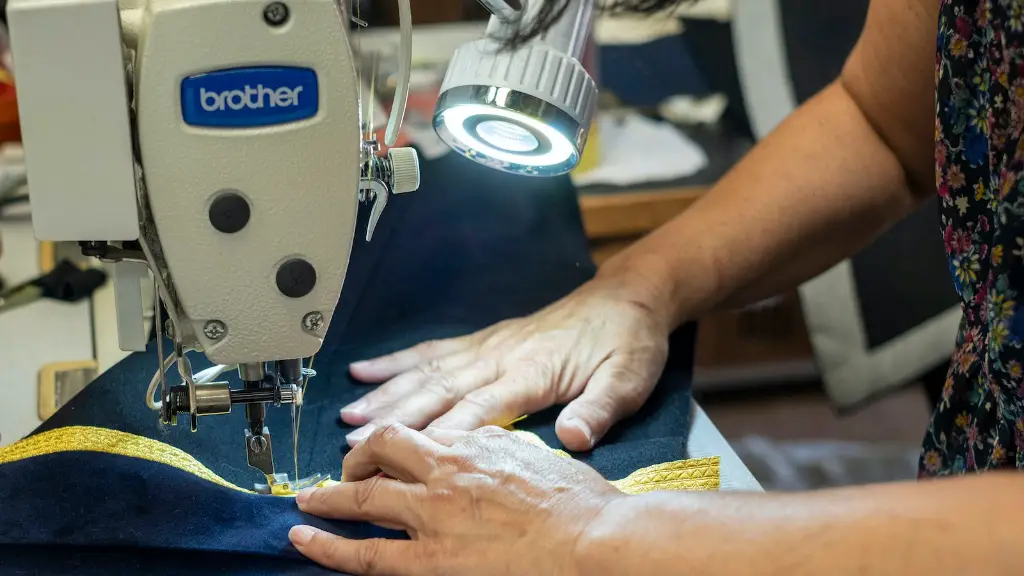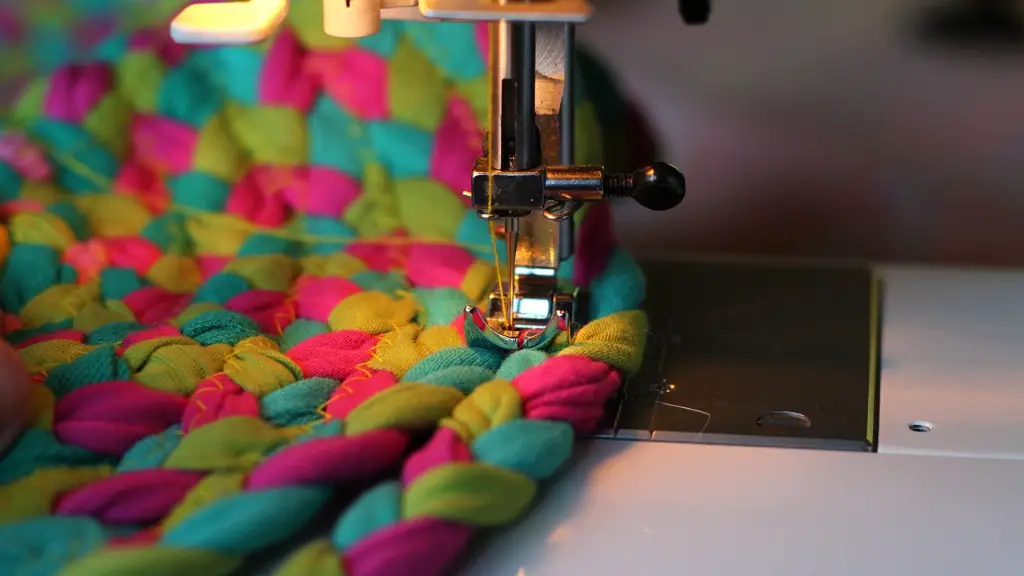How to Fix a Singer Sewing Machine Needle
For the novice sewer, one of the most common issues with a machine is the needle. Singer sewing machines are popular, efficient, and durable, but there comes a time when needles need to be replaced or adjusted. Following some basic steps can keep your sewing machine running smoothly.
Inspect the Needle Properly
Your first step is to check the condition of the needle. If your needle has a point or eye that looks bent, rusty, or otherwise damaged, it is time to replace it with a new one. Be sure to use the correct size and type of needle for your machine. Singer needles are typically size #14, but it is important to check the user manual for specifications.
Check the Threading
Incorrect threading can cause broken needles and other problems with your machine. Double check to make sure the thread is correctly threaded through all appropriate guides, including the tension discs and eye of the needle.
Check the Tension
Incorrect tension can also cause needles to bend or break. Make sure the tension is set appropriately for the type of fabric you are working with. Generally, thinner fabrics should have a lower tension, while heavier fabrics should have a higher tension setting. If the tension is set too high, it can cause the needle to overwork and break.
Check the Feet
Incorrect feet can lead to several problems, including needle breakage. Be sure to select the correct foot for the type of fabric and stitch type you are working with. Feet that are worn, bent, or cracked should be replaced.
Check the Pressure Foot
The pressure foot is responsible for ensuring the fabric feeds through the machine at the proper rate. If the pressure foot is not adjusted correctly, it can cause the needle to overwork, resulting in broken needles or stitches.
Check the Needle Plate and Throat Plate
The needle plate and throat plate, also known as the throat plate cover, hold the needle in place, as well as help guide the fabric. If the plate is not tight and secure, it can cause the needle to move out of its proper position, leading to broken needles and skipped stitches.
Check the Bobbin
The bobbin is responsible for providing the lower thread to the needle. Incorrectly wound bobbins can lead to bent or broken needles. Make sure the bobbin is wound correctly, with the thread moving in a smooth and even manner.
Regular Maintenance and Care
Proper maintenance and care of your Singer sewing machine are key to preventing needle breakage and other needle-related problems. Regularly cleaning the lint and dust that accumulate on the machine’s parts and accessories can help keep it in good condition. Additionally, replacing the needle on a regular basis (every 8-10 hours of sewing) can help ensure it does not become dull or otherwise damaged.
How to Change the Needle
Once you have identified that your needle needs to be replaced, the next step is to actually change the needle. To do this, you will need to remove the pressure foot, remove the needle plate and throat plate, and unscrew the thumbscrew. Once the old needle is removed, put the new needle in and make sure it is facing the correct direction. Then, replace the thumbscrew, throat plate, and pressure foot.
Signs of Needle Damage
When troubleshooting needle-related issues on your Singer sewing machine, it is important to look out for any signs of needle damage. Some common signs that may indicate a broken or worn needle include a skipped stitches, snagging on the fabric, incorrect tension, and resistance when pushing the fabric through the machine.
Other Possible Causes
When attempting to fix Singer sewing machine needles, it is important to remember that the needle is not always to blame. Other possible causes of needle-related issues can include incorrect threading, improper tension, incorrect feet, uneven feeding, and even operator error.
Conclusion: Avoid Needle Issues in the Future
In order to avoid needle-related issues in the future, be sure to properly maintain your Singer sewing machine and replace the needle regularly. Additionally, check the threading, tension, feet, pressure foot, needle plate, and throat plate regularly. If you take good care of your machine, it should last you for many years.
